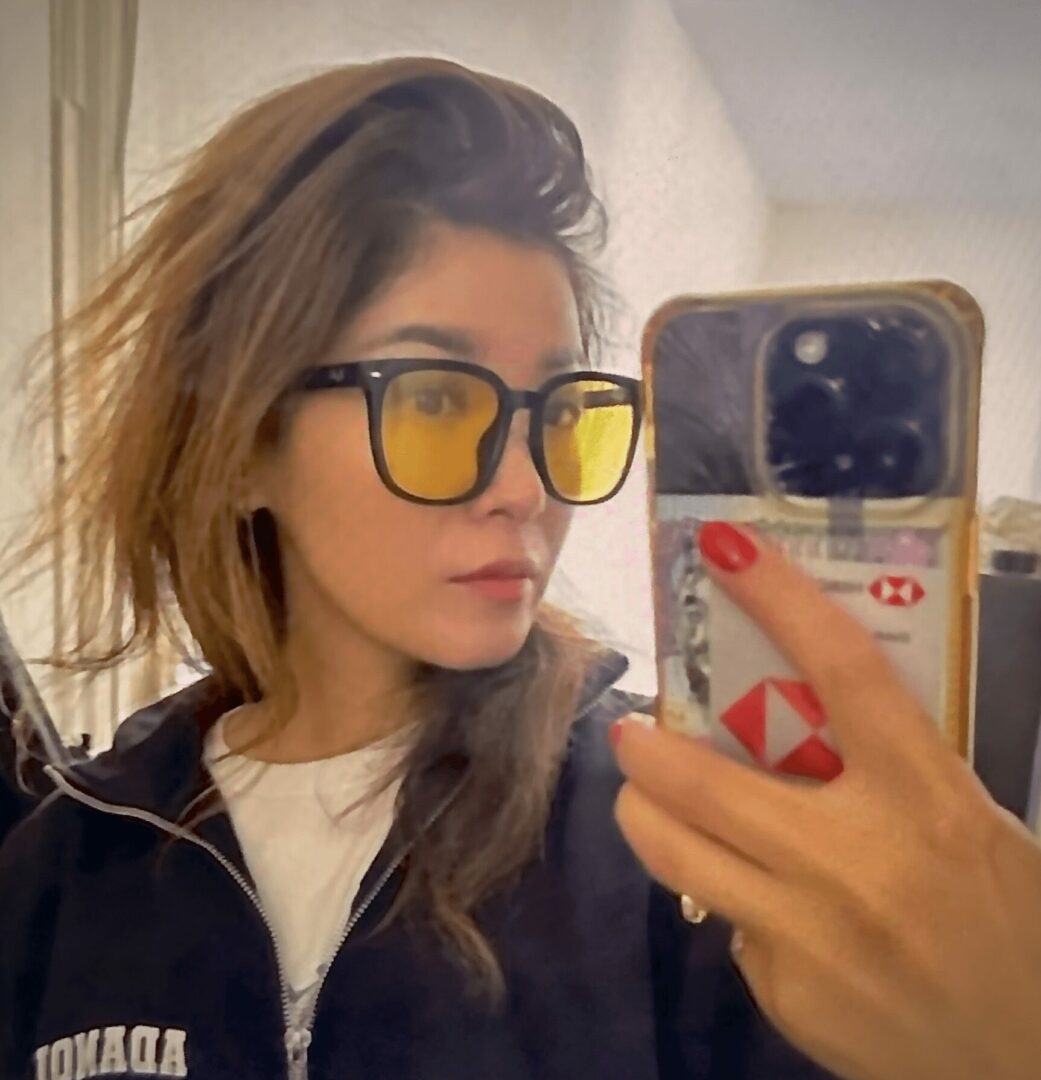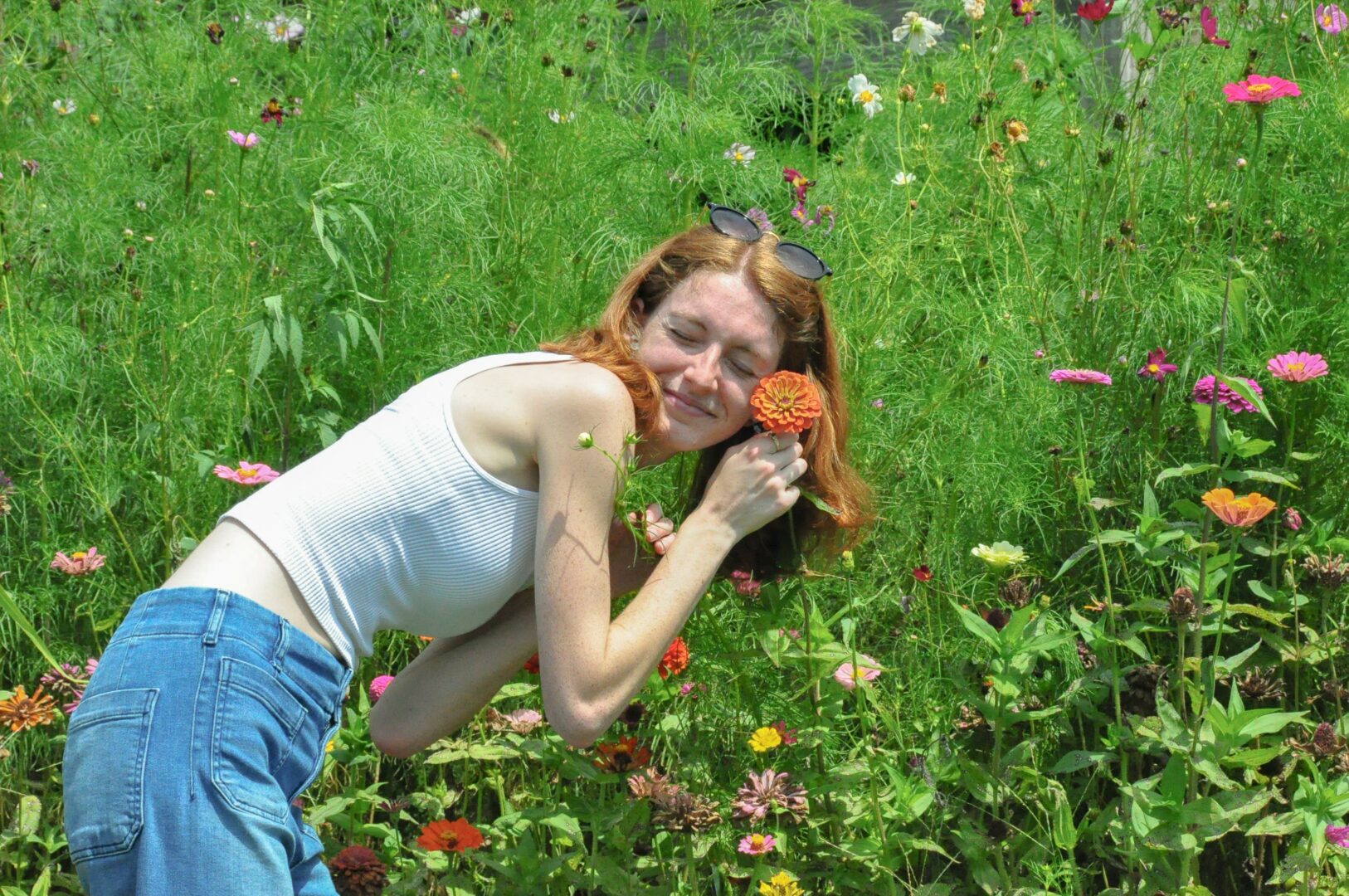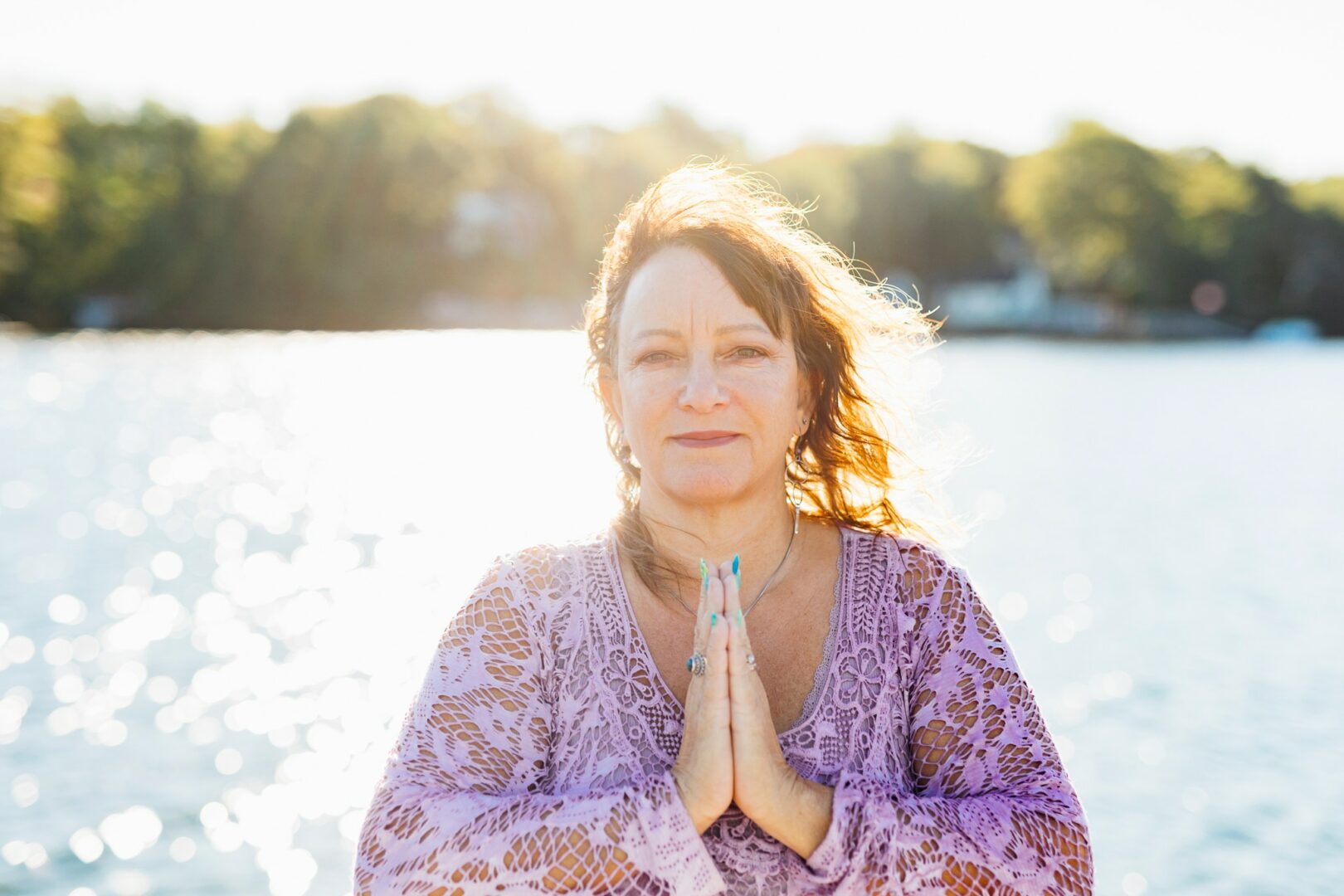We’re excited to introduce you to the always interesting and insightful Ankhmaa Batchuluun. We hope you’ll enjoy our conversation with Ankhmaa below.
Ankhmaa, we’re thrilled to have you on our platform and we think there is so much folks can learn from you and your story. Something that matters deeply to us is living a life and leading a career filled with purpose and so let’s start by chatting about how you found your purpose.
A cashmere thread pulled me to a valley amongst Khurkh mountain, home of snow leopards in Nomgon, South Gobi. Shaking hands with a nomadic herder, we’d just closed a deal. He wished me luck and told me to return next year.
In that moment, I saw that behind every fibre lies not only nature and animals, but people.
Survival in the steppe is an art of endurance — of winters that test you. My purpose is simple: keep my word and to return every spring.
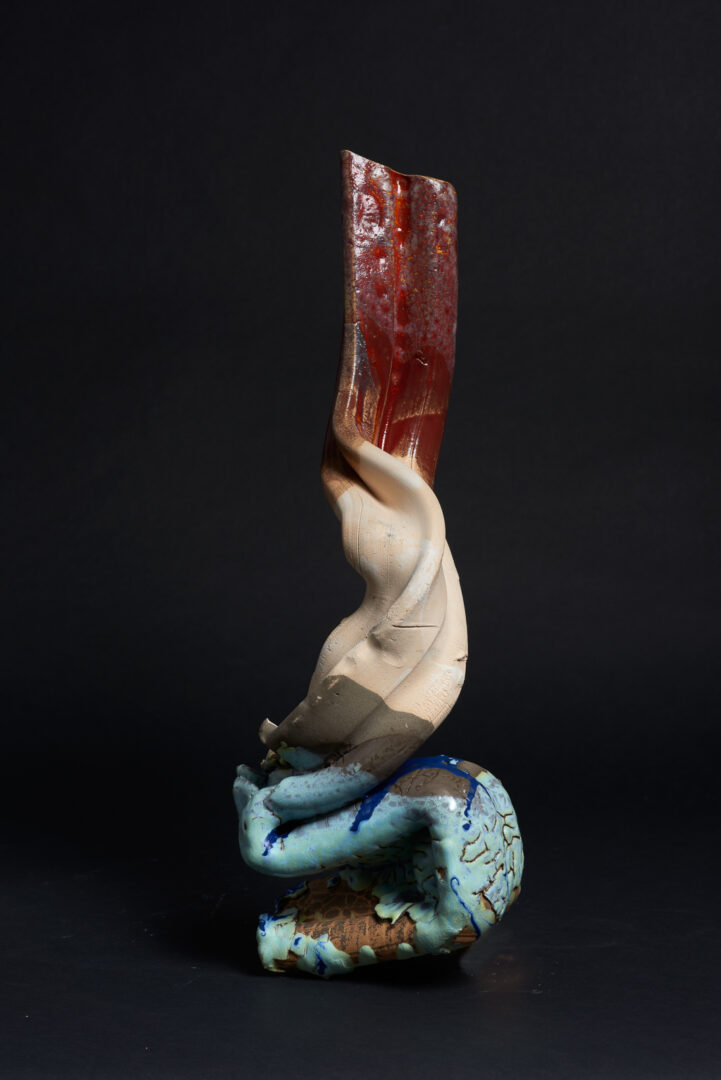
Thanks for sharing that. So, before we get any further into our conversation, can you tell our readers a bit about yourself and what you’re working on?
I’d describe myself as a magpie when it comes to creativity—drawn to all aspects of art and culture, from the wit of Oscar Wilde to the intensity of Francis Bacon. The philosophy is simple: question everything, contradict yourself, and remember that everything ends with nature—raw, tooth and claw. Respect it.. Don’t wait for permission. Fail spectacularly if you must, but do it with flair—don’t be boring.
Right now, my focus is on projects that merge creativity with purpose. I’m collaborating with the Snow Leopard Conservation Foundation, weaving conservation into culture. Through Anaash, my cashmere brand, I work directly with nomadic herding families to source cashmere and camel wool fibres ethically, ensuring that heritage and livelihoods are respected.
Most recently, we’ve completed a publication of Nomadic Steppe. It’s a book created for the children of nomadic families—a space where they can share stories, ideas, and their own voices. For me, it’s not just about art or fashion, but about connection: between people, between cultures, and ultimately between humanity and the natural world.
Art, Fashion, Books, Conservation. It’s all connected.
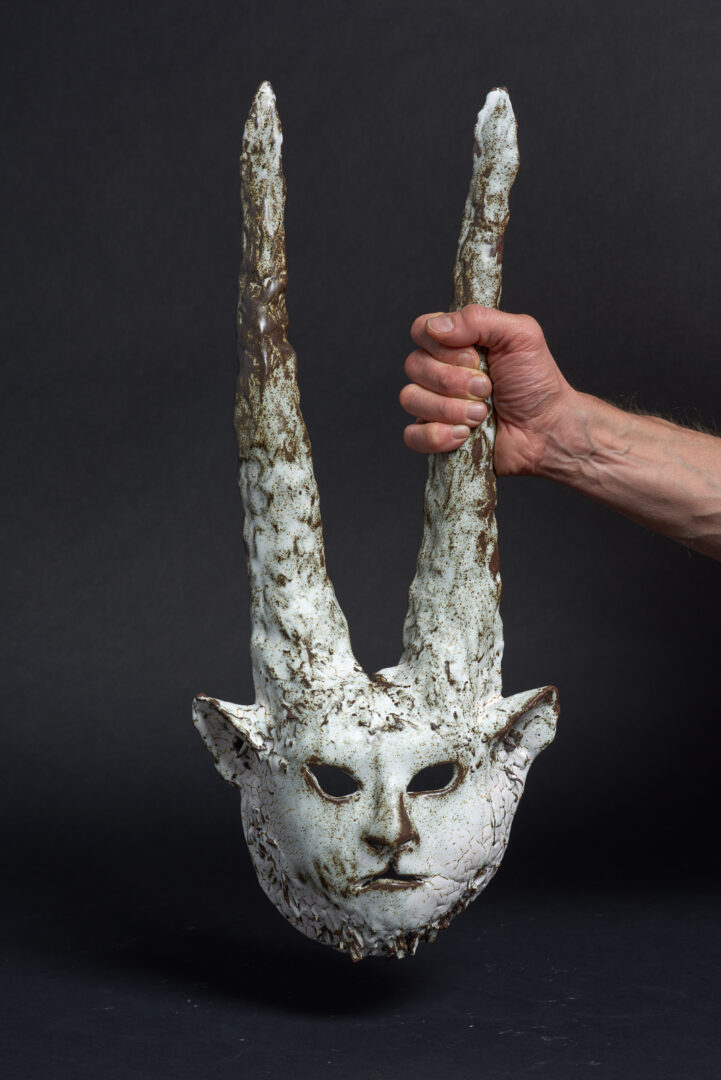
There is so much advice out there about all the different skills and qualities folks need to develop in order to succeed in today’s highly competitive environment and often it can feel overwhelming. So, if we had to break it down to just the three that matter most, which three skills or qualities would you focus on?
Resilience and determination – rooted in my Mongolian heritage.
Creative and literary skills – in writing, translation, calligraphy, and drawing.
Multilingual and cross-cultural knowledge – gained through study and work across several countries.
Advice
Read wildly, court contradictions, and let your influences clash. Stop hoarding trivia—it’s about sharpening your perspective and giving yourself more raw material to work with.
Whatever your field, anchor your work in something bigger than yourself. Let nature, community, or lived reality remind you what matters.
Anchor, your work in something bigger than yourself.
Stop waiting for permission! Conditions will never be perfect. Begin now. Action and momentum doesn’t pass for approval.
If you learn to respect what is raw and elemental, your work will carry more truth and weight.
Don’t wait for the perfect conditions or someone’s approval. Begin where you are, with what you have, and let connection guide you. Fail loudly if you must, but act—because connection and courage create momentum, and momentum builds impact.
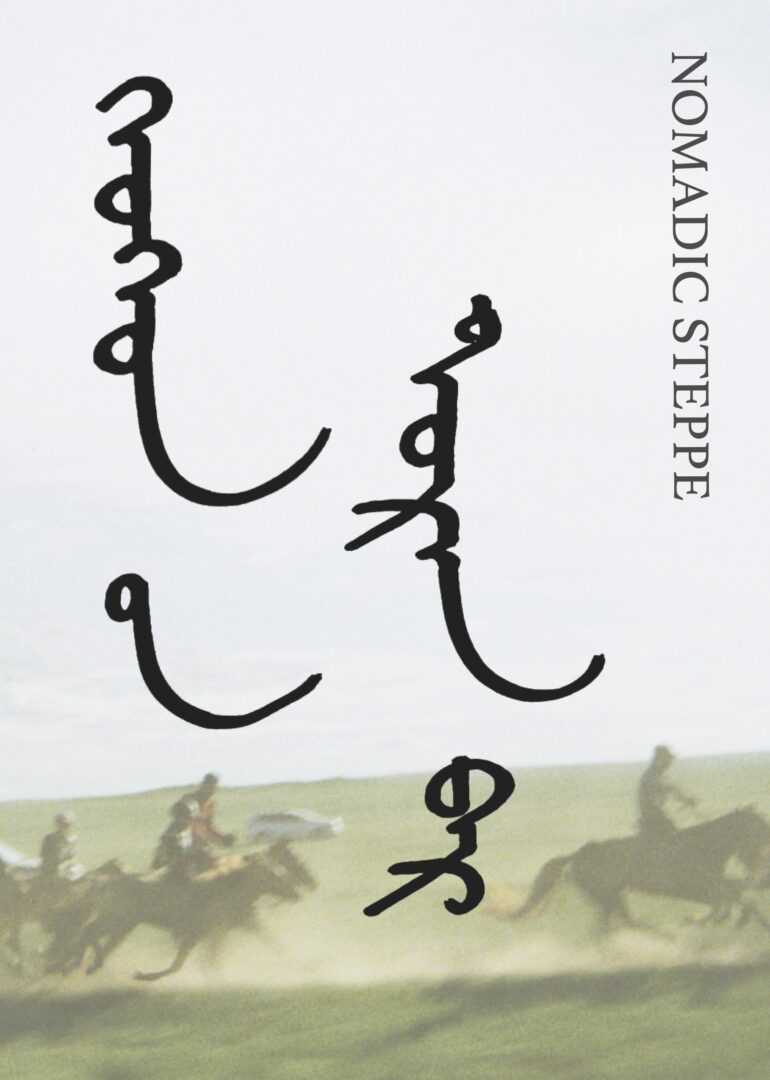
Thanks so much for sharing all these insights with us today. Before we go, is there a book that’s played in important role in your development?
It is difficult to point to just one book, but I would like to highlight Mark Cousins’ The Ugly, from his lectures at the Architectural Association. His extraordinary investigation into aesthetics challenged me to rethink beauty, taste, and cultural values.
A few impactful insights I took from it:
Aesthetics as cultural construction – what is considered “ugly” or “beautiful” shifts across history and context.
The productive role of the ugly – ugliness can provoke, disrupt, and create space for new forms of creativity and thought.
Critical reflection – questioning assumptions about beauty opens the door to deeper cultural and personal understanding.
Contact Info:
- Website: https://anaash.com
- Instagram: @aebmorph @seeingulaan
- Facebook: https://m.facebook.com/tiim.yarns/
- Other: https://ualshowcase.arts.ac.uk/project/608441/cover
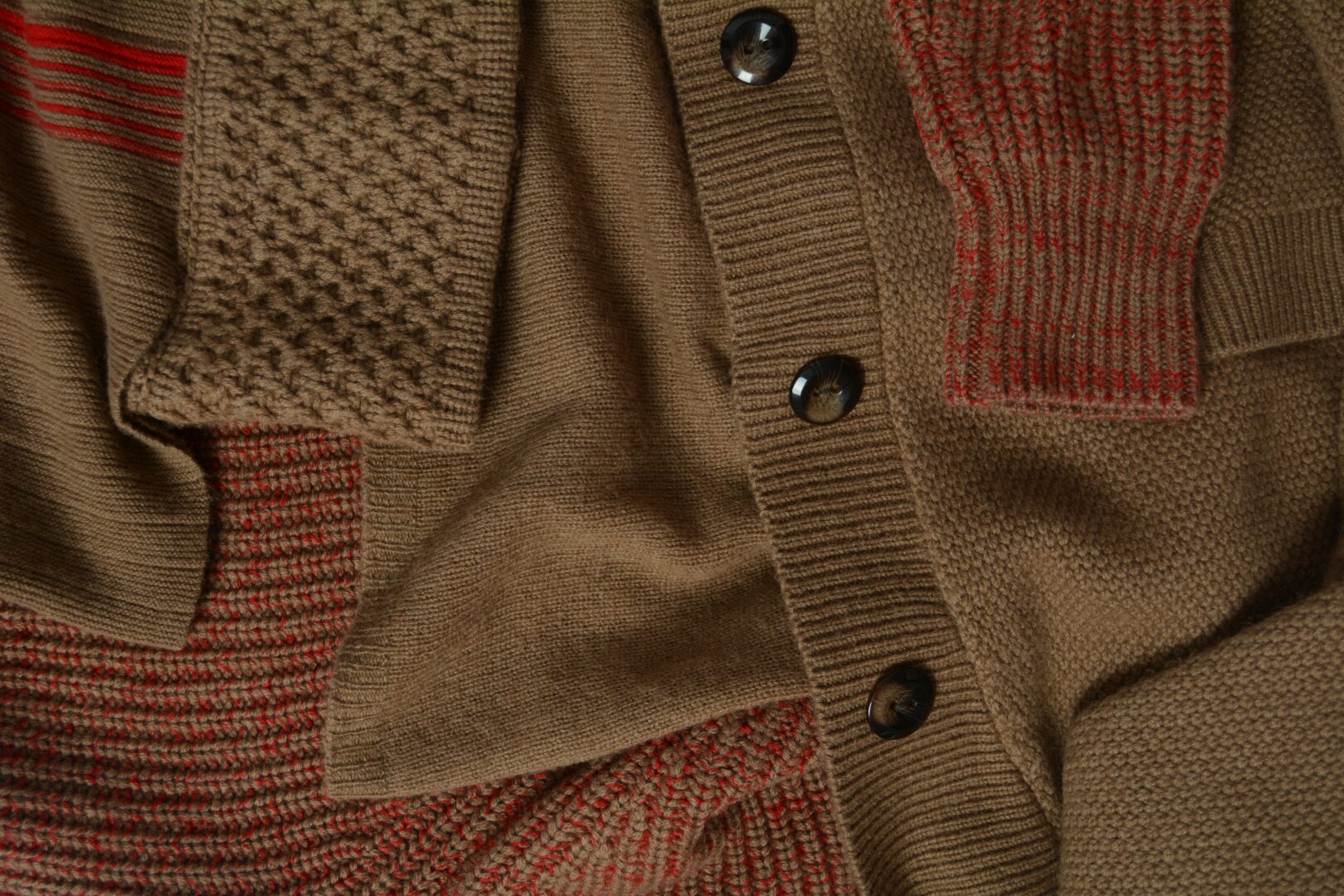
Image Credits
Bayarjargal Bayarbat
so if you or someone you know deserves recognition please let us know here.

